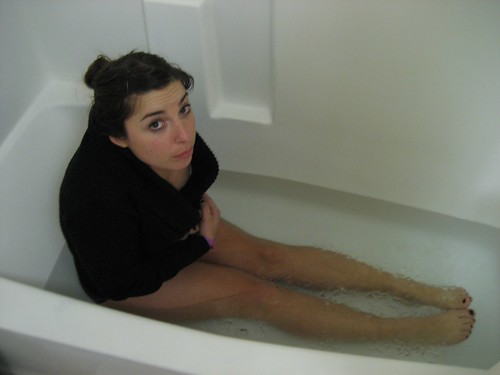Research Spotlight - in progress
Dean Higham
PhD candidate
Supervisors: Judith Anson, David Pyne1 and Anthony Eddy2
1. The Australian Institute of Sport, 2. Australian Rugby Union
Abstract: The research program, incorporating a series of progressive research studies, will address the physical preparation and training load management of rugby union players competing at the highest level of domestic and international competition. The research aims to validate novel methods of analysis of rugby union match and training performance and to identify strategies to optimise training efficiency and effectiveness in producing favourable performance outcomes. Initial investigations will characterise rugby sevens match demands of domestic and international tournaments. Observational and controlled experimental research studies of rugby training will quantify the physical and physiological demands of common training drills and identify strategies designed to direct the specificity of players’ responses to training. By distinguishing training drills related to particular aspects of physiological and tactical competition demands, coaches may more appropriately prescribe training programs that maximise performance outcomes. The outcomes of the research plan will provide the basis for ongoing athlete monitoring within Australian Institute of Sport and Australian Rugby Union sport programs.
Image is London Sevens winning photo by IRB/Martin Seras Lima.
PhD candidate
Supervisors: Judith Anson, David Pyne1 and Anthony Eddy2
1. The Australian Institute of Sport, 2. Australian Rugby Union
Abstract: The research program, incorporating a series of progressive research studies, will address the physical preparation and training load management of rugby union players competing at the highest level of domestic and international competition. The research aims to validate novel methods of analysis of rugby union match and training performance and to identify strategies to optimise training efficiency and effectiveness in producing favourable performance outcomes. Initial investigations will characterise rugby sevens match demands of domestic and international tournaments. Observational and controlled experimental research studies of rugby training will quantify the physical and physiological demands of common training drills and identify strategies designed to direct the specificity of players’ responses to training. By distinguishing training drills related to particular aspects of physiological and tactical competition demands, coaches may more appropriately prescribe training programs that maximise performance outcomes. The outcomes of the research plan will provide the basis for ongoing athlete monitoring within Australian Institute of Sport and Australian Rugby Union sport programs.
Image is London Sevens winning photo by IRB/Martin Seras Lima.






